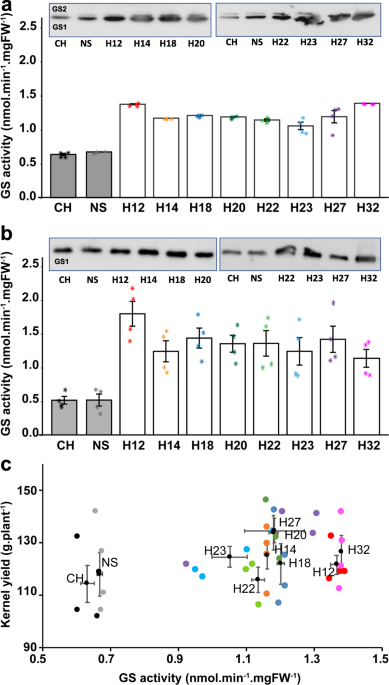

So we expect random variation in two direction - row and column direction in this case. # Model 2: two-dimensional spatial model with correlation in one direction sp.asr <- asreml(yield ~ Variety, rcov = ~ Column:ar1(Row), data = nin89)Įxperimental units of nin89 are indexed by Column and Row. The expression idv(units) explicitly sets the variance matrix for e to a scaled identity. where idv() is the special model function in asreml() that identifies the variance model. Here the option random and rcov specifies random and rcov formulae to explicitly specify the G and R structures. This model is equivalent to above model 0, and introduces the use of G and R variance model. Rcb.asr <- asreml(yield ~ Variety, random = ~ idv(Replicate),


# Model 1: RCB analysis with G and R structure The following model1 is more complex in which both G (random) and R (error) structure are specified. The residual or error component of the model is specified in a formula object through the rcov argument, see the following models 1:4. Beside random and fixed terms we can specify error term. Here the variety is fixed effect and random is replicates (blocks). The linear model is specified in the fixed (required), random (optional) and rcov (errorĬomponent) arguments as formula objects.The default is a simple error term and does not need to be formally specified for error term as in the model 0. The simple model syntax will look like the follows: rcb.asr <- asreml(yield ∼ Variety, random = ∼ Replicate, data = nin89) I need something equivalent to the asreml-R codes: Thus this row column design with blocking. To control additional variability in row or column direction each plot is referenced as Row and Column variables (row column design). Nin89 is from asreml-R library, where different varities were grown in replications / blocks in rectangular field.
ASREML R 3 MANUAL TRIAL
(AR1 x AR1) is sometimes assumed for the common errors in a field trial analysis. More specifically, a two-dimensional separable autoregressive spatial structure Within columns (plots within blocks) the variance of the residuals might then beĪre correlation matrices for the row model (order r, autocorrelation parameter ½r) and column model (order c, autocorrelation parameter ½c) However, if the data was from a field experiment laid out in a rectangular array of r rows by c columns, say, we could arrange the residuals e as a matrix and potentially consider that they were autocorrelated within rows and columns.Writing the residuals as a vector in field order, that is, by sorting the residuals rows The usual least squares assumption (and the default in asreml()) is that these are independently and identically distributed (IID).

Variance modelling in asreml() it is important to understand the formation of variance structures via direct products. Variance structures for the errors: R structure and Variance structures for the random effects: G structures can be specified.
ASREML R 3 MANUAL MANUAL
Further details on the models are provided in the Asreml manual (link). In this case R must be correlation matrix. In mixed effects models with a single residual variance then θ is equal to In mixed effects models with more than one residual variance, arising for example in theĪnalysis of data with more than one section or variate, the parameter θ is The parameter θ is a variance parameter which we will refer to as the scale parameter. Where the matrices G and R are functions of parameters γ and φ, respectively.
ASREML R 3 MANUAL FULL
The usual mixed model with, y denotes the n × 1 vector of observations,where τ is the p×1 vector of fixed effects, X is an n×p design matrix of full column rank which associates observations with the appropriate combination of fixed effects, u is the q × 1 vector of random effects, Z is the n × q design matrix which associates observations with the appropriate combination of random effects, and e is the n × 1 vector of residual errors.The model (1) is called a linear mixed model or linear mixed effects model. Mixed model in Asreml- R coding conventionsīefore going into specifics, we might want to have details on asreml-R conventions, for those who are unfamiliar with ASREML codes. I want to fit mixed model using lme4, nlme, baysian regression package or any available.


 0 kommentar(er)
0 kommentar(er)
